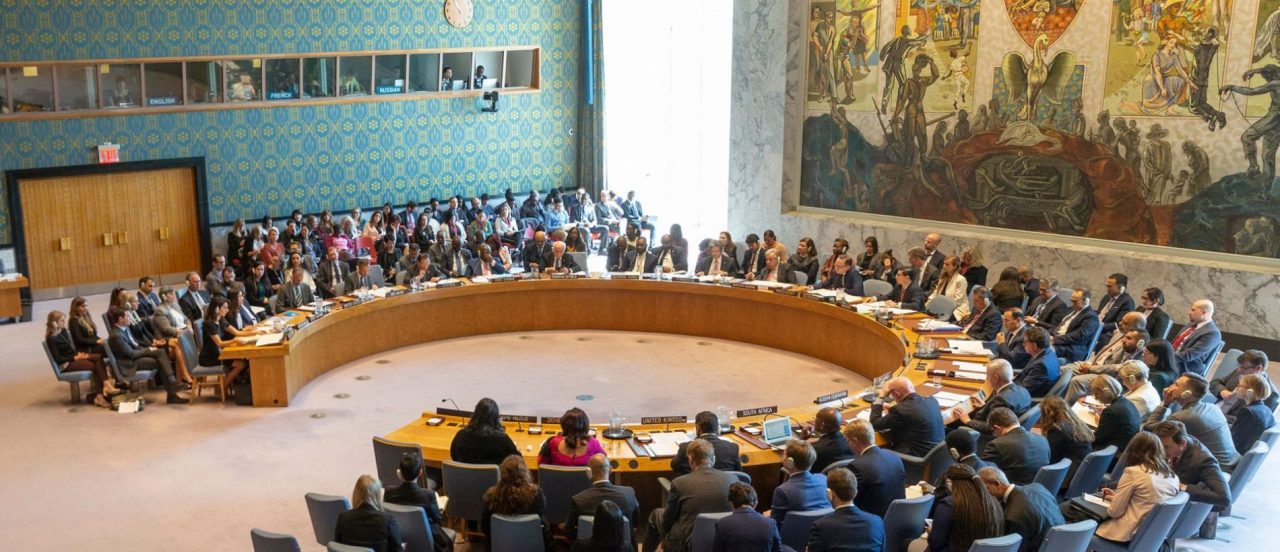Inclusive antitrust – the idea that antitrust should be deliberately focused on hearing from and serving everyone – aspires to make antitrust better by improving data inputs, options, and outcomes. An inclusive antitrust policy may encompass a spectrum of options for how antitrust and its drivers are shaped and deployed to achieve healthy competition with minimal unintended negative ancillary effects. In laying out and considering these options, Feminist Foreign Policy – already the official government foreign policy of Canada, Mexico, France, Luxembourg, the European Parliament, and Spain – presents lessons for inclusive antitrust. The lessons gleaned provide steps that can be undertaken in both the near and long terms, from leadership to process to data use – and could not be timelier in light of calls for antitrust and competition law reform and upheaval taking place around the world. Feminist Foreign Policy provides guideposts to improve antitrust policy by offering principles in expanding information and data that can contribute to more effective analysis.
By Gabrielle Kohlmeier & Samm Sacks1
I. INTRODUCTION
Inclusive antitrust aims to use better (inclusive) data to inform decision making and achieve (more inclusive) policy outcomes and decisions that serve competition goals more effectively and broadly. Whether the justifications for antitrust to be inclusive are value, purpose or efficiency-based, the concept of incorporating more complete i
...THIS ARTICLE IS NOT AVAILABLE FOR IP ADDRESS 216.73.216.223
Please verify email or join us
to access premium content!

